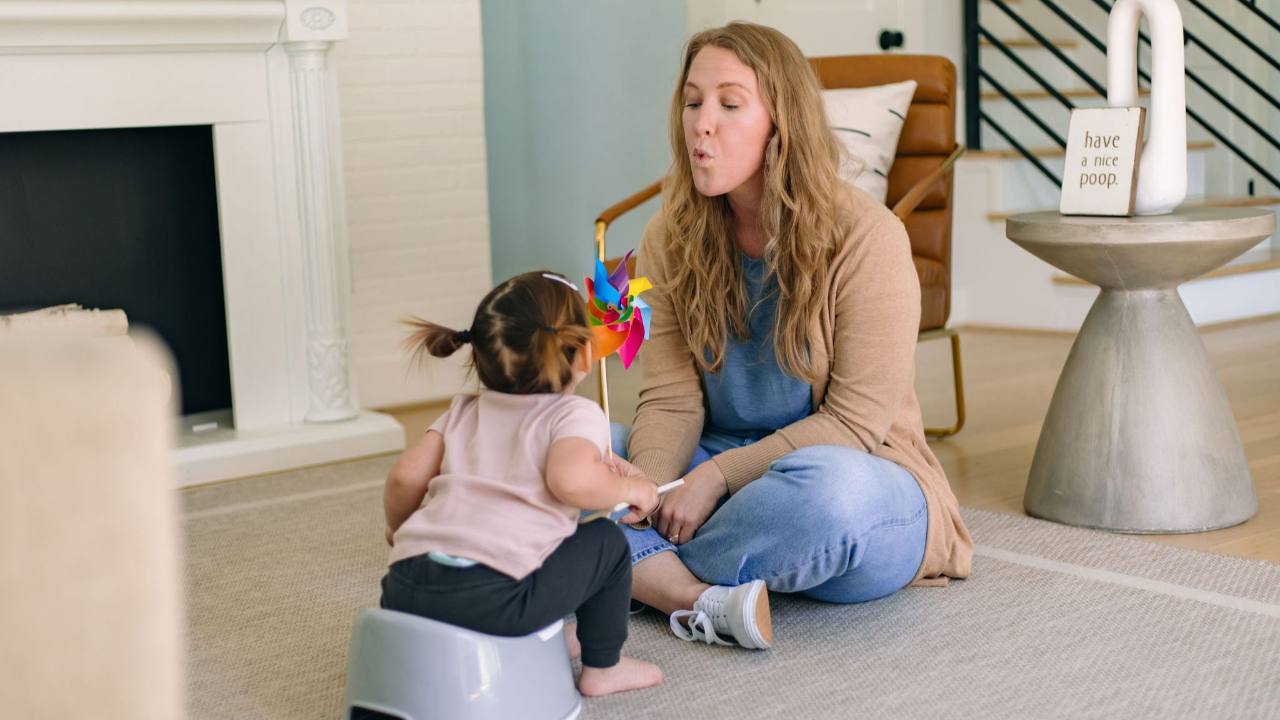Fussy Baby ?
Let's talk helpy your baby naturally with Constipation, Gas, and Colic
As a parent, it can be tough to watch your little one struggle with tummy troubles. Constipation, gas, and colic are common issues in infancy, but the good news is that movement and positioning can make a big difference! Today, we’re sharing three key positions that can help your baby feel more comfortable and improve their digestion. We go more into this in our "Little Tummies, Healthy Bowels" course geared toward giving you practical solutions at home for relief!
1. Knees to Chest Position
Why it Helps: Bringing your baby’s knees toward their chest mimics the natural squatting position, which helps relax the pelvic floor and promotes bowel movements. This position also aids in releasing trapped gas.
How to Incorporate:
-
During diaper changes, gently bend your baby’s knees up to their belly and hold for a few seconds.
-
Try “bicycle legs” by gently cycling their legs to encourage movement in their intestines.
-
Cuddle time! Hold your baby with their legs curled in to provide comfort and relief.
2. Left Side-Lying Position
Why it Helps: The stomach empties more easily when lying on the left side, which can support digestion and ease discomfort from gas or reflux. Try this for yourself too!
How to Incorporate:
-
After feedings, let your baby rest on their left side while supervised. I love doing this in my lap between my legs
-
Hold your baby in a side-lying position against your chest for a soothing snuggle.
-
Lay your baby down for side-lying playtime on a firm surface. You can help them stay here by placing your leg behind baby's back for support.
3. Tummy Time
Why it Helps: Tummy time strengthens core muscles, supports digestion, and helps move gas through the intestines. It also prevents flat spots on the head and promotes overall motor development.
How to Incorporate:
- Snuggles against your chest counts as tummy time. Yep you heard that right!
-
Place your baby on their tummy for short periods throughout the day—starting with a few minutes and gradually increasing time.
-
Try tummy time after diaper changes or naps when your baby is more alert.
-
Use a rolled-up towel under their chest for support if they seem uncomfortable or you can place their arms on a higher surface to make it easier. (you can use your leg, wedge or breastfeeding pillow)
-
Engage with toys, mirrors, or your voice to make tummy time fun!
By incorporating these simple positions into your daily routine, you can help your baby feel more comfortable while supporting their digestive health. Remember, every baby is different—some may respond better to certain positions than others. If you have ongoing concerns, don’t hesitate to reach out for professional guidance!
For more tips on helping your little with a healthy bowel and bladder stay tuned for our next newsletter, follow us on youtube & instagram!
We are in this together!
Dr. Caitlin & Dr. Melissa, Founders of The Little Learning Lav





Responses